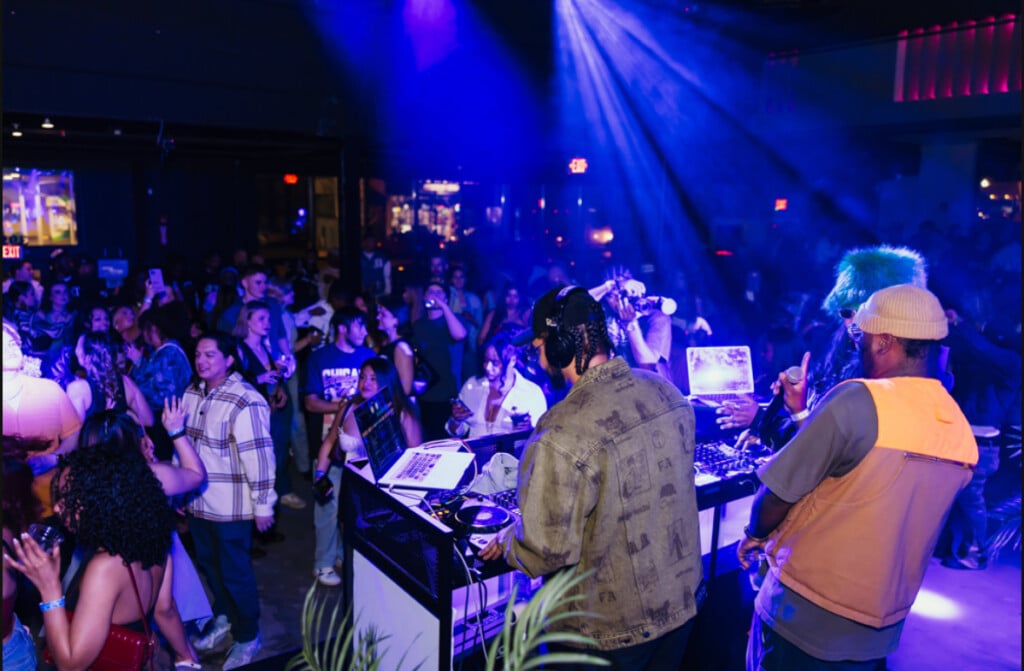Frank R. Hayde’s Mafia Dreams guides readers through a significant pivot in local mobster history
The Mafia, whether you know it or not, is something that has always been uniquely tied to Kansas City. While the modern day mafia certainly remains, the extent of their criminal activity is slim to none in comparison with its heyday.
Frank R. Hayde’s Mafia Dreams: A True Crime Saga of Young Men at the End of an Era in Kansas City acts as a sort of companion piece of sorts to his previous book, The Mafia and the Machine: The Story of the Kansas City Mob, which was a general history of the Kansas City Mob.
Mafia Dreams on the other hand more focused, zeroing in on the story of the Riley family, more specifically Joseph Riley, who was the youngest member at the time. “It’s not a continuation of everything that I could come up with on the follow-up to the Mafia and the Machine,” Hayde says. “It focused on a specific case, but it does provide a window into the underworld of Kansas City at that time.”
It follows the case and aftermath of a drug deal gone wrong. Essentially, Riley had set up a drug buy with someone who he had become good friends with, unaware that this person was also an FBI agent.
The FBI decided to set up a reverse drug sting, “meaning that instead of buying the drugs they would sell, but it’s pretty rare. Reverse drug strings are pretty controversial, but they are legal,” Hayde says.
Riley then sets it up at a Motel Six just off a highway, bringing along Michael Albanese and Nick Lanfranca. The two of them waited in the car while Riley went to do the deal, but instead of bringing cash, Riley brought a gun.
“Instead of giving the informant money, he pulled out a revolver and started shooting. He shot him twice. The FBI burst from the next room and shot and killed Joe. Later, Michael Albanese, who was in the car at the time, was charged with the murder of Joe. You might say, well, wait a minute. Didn’t the FBI kill Joe Riley? Yes, they did. But this gets into Missouri’s very harsh felony murder law,” Hayde says.
Felony murder put simply means, “if someone dies in the commission of a felony, then all the participants of that felony can be charged with murder,” Hayde says.
Calling this law controversial is an understatement. In fact, Hayde dedicates an entire chapter to focus on that law, informing the reader on the ins and outs of felony murder.
A brief summary like that does not truly get into the actual complexities of the book itself. There’s a reason it has 15 pages of sources, making it a heavily researched and immensely detailed account of the situation. More impressively, this is all done with publicly available information, one such source even being The Pitch itself.
Of course, many people don’t find the concept of reading through hundreds of pages of court documents thrilling. Hayde reframes the bland writing of a court case into something that can truly immerse the reader into the events from the time. Going off of the opening chapters, one could be forgiven for thinking this was written by someone who witnessed the events personally.
This is partly due to the fact that he actually interviewed several people involved, most notably Michael Albanese, with interviews from Marcello D’Angelo, John David DiCapo, Ronald Halter, Thomas Hunt, Gary Jenkins, Patrick McInerny, Sam Mirabile, John O’Connor, J. Daniel Stewart, Jimmy Walker, Steve St. John, and Tara Zimmerman as well.
“A lot of readers know people that are in the book. They’ve met some of these people, they’ve run across them in some way, shape, or form because there’s a real cross-section of the city represented in the book,” Hayde says. “Lawyers, law enforcement, restaurateurs, nightclub owners. McCaskill, that’s another interesting part of it. Blood connections to well known people like her and Oscar Goodman, the mayor of Las Vegas.”
The book itself is really just a rabbit hole of crime-infested information, leaving the reader itching for more. Thankfully, it does provide the tools to learn more. As mentioned before, the sources are extensive, and those interested in a broader history can read The Mafia and the Machine.
That’s not to say one needs to do any more reading than what is inside. Any and all information relevant to the book seems to be contained, even offering a section of photos showing the reader what the people involved look like, including ten pictures taken from a recording of the reverse drug sting resulting in the death of Riley.
In 2024 however, the mafia isn’t as big of topic, “There was a book making case. I go into it towards the end of this book, an internet gambling thing that happened in 2010. Since then, there has not been anything in the courts.” Hayde says.
That does not take away the significance of the history of these events. Hayde’s Mafia Dreams is an in-depth analysis of the true crime that took place on the very ground that keeps our city afloat.





